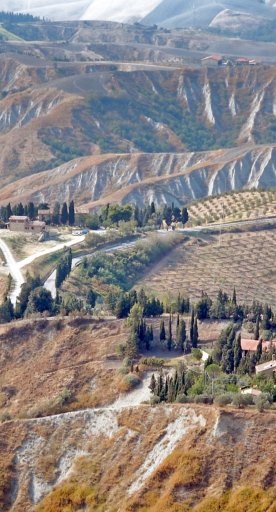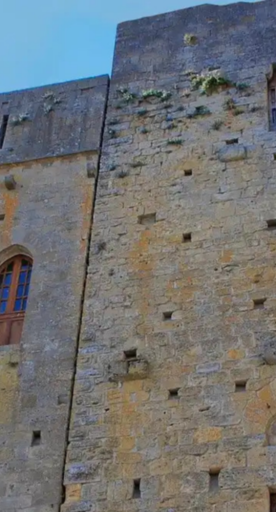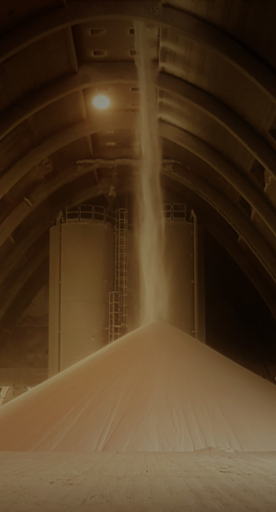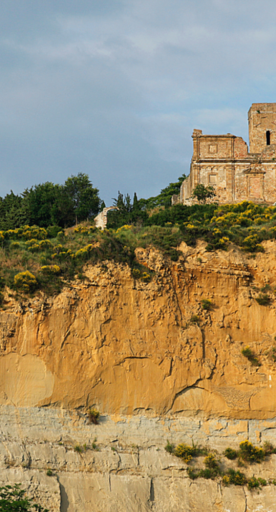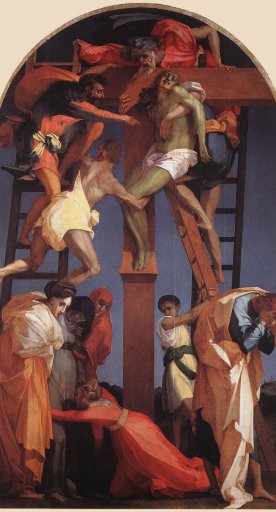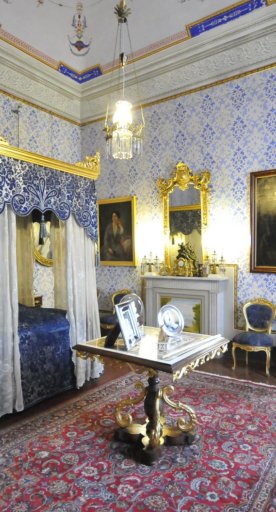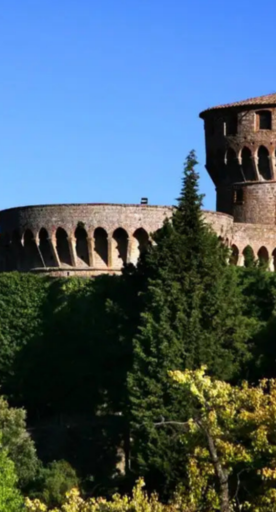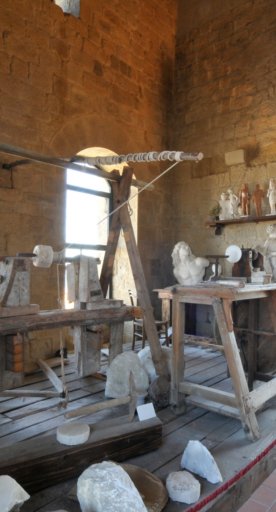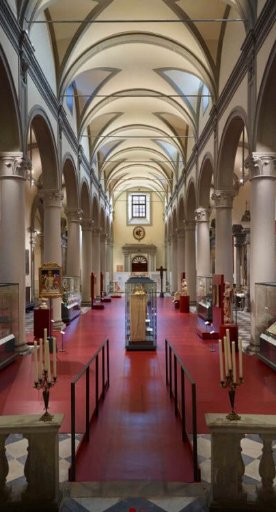Guarnacci Etruscan Museum
A chronological itinerary to discover Etruscan tombs
The Guarnacci Etruscan Museum was established in 1761 when the noble abbot Mario Guarnacci donated his extraordinary archaeological heritage, gathered through years of research and purchases, to Volterra, his hometown.
The collection has been housed since 1877 in its current location at Palace Desideri Tangassi and includes artifacts ranging from the prehistoric period, through the Orientalizing, Archaic, and Classical periods to the Hellenistic period (4th century-1st century BC) in which Volterra had its greatest development.
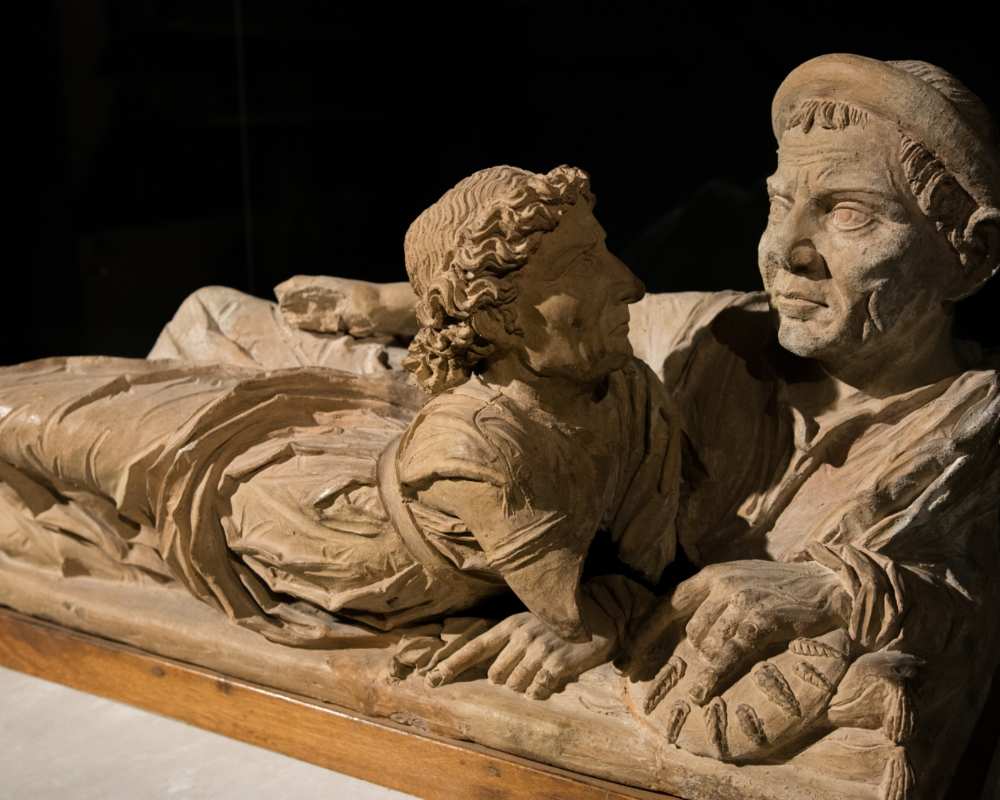
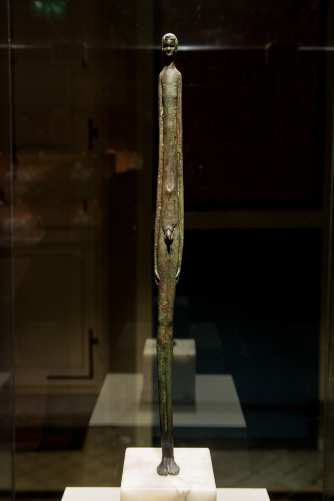
There are over 600 preserved urns in the Museum of Volterra, divided according to the subject of the bas-reliefs of the chest: there are thus ornamental motifs with rosettes, demons or masks, as well as fantastic and ferocious animals, the journey to the underworld on horseback, the farewell of the deceased to relatives. There is no shortage of urns decorated with splendid bas-reliefs on Greek mythological subjects: such as Oedipus and the Sphinx, the abduction of Helen, Theseus and the Minotaur, the Amazons, Odysseus and the Sirens.
One of the most significant monuments in the collection is the Urn of the Newlyweds (Urna degli Sposi), depicting two elderly spouses with their strongly characterized faces, lying on the convivial bed, molded in terracotta.
Another symbol of the Museum and the entire Etruscan world is the votive bronze representing a young man known as the Shadow of the Evening (Ombra della sera): his fame is due to the elongated shape that resembles a human shadow projected in the sunset, which makes it similar to contemporary sculpture works. The unnatural extension and at the same time the perfect proportions of the figure make the ex-voto a masterpiece of the Etruscan sculpture of the III century BC.
The three-story museum tour also includes an archaeological excavation covered by a glass panel, on which it is possible to walk while admiring one of the finds dating back to the 1990s. The highest floor of the museum is the building's rooftop, a panoramic terrace overlooking the city.
